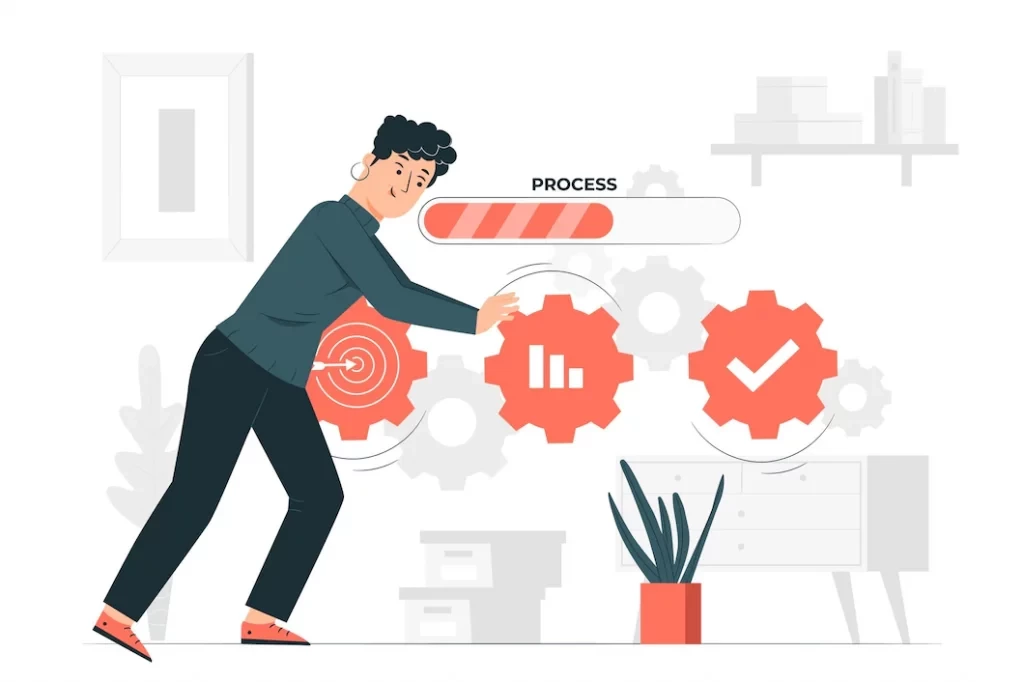CTR Manipulation: The Trick to Dominating Browse Outcomes
In the competitive landscape of electronic advertising and marketing, Click-Through Price (CTR) control has arised as a crucial strategy for improving presence in search results. While the allure of enhanced engagement through enticing headlines is indisputable, the moral effects and possible consequences warrant careful factor to consider. A deeper exploration right into the mental elements affecting CTR, along with effective and sustainable techniques, reveals a complicated interplay in between immediate gains and lasting trust fund. What methods can be employed to make certain that control does not jeopardize stability? The answers may redefine exactly how we approach electronic interaction.
Understanding Click-Through Rate
Understanding click-through rate (CTR) is necessary for evaluating the effectiveness of digital advertising projects. CTR is defined as the proportion of users that click a particular web link to the complete number of individuals who see a ad, web page, or e-mail . This statistics acts as an important sign of interaction and the significance of material to the target market.
A greater CTR typically symbolizes that the advertising approach is efficiently recording focus and motivating action. On the other hand, a low CTR may suggest that the content is not reverberating with users, prompting a requirement for analysis and possible change. Aspects influencing CTR include the high quality of ad copy, aesthetic charm, and the relevance of keywords.
Social media advertisements might produce various CTRs compared to browse engine results. Thus, a detailed understanding of CTR is basic for driving conversions and achieving business purposes in the affordable electronic landscape.
The Psychology Behind CTR
Leveraging mental concepts can substantially enhance the performance of click-through rate (CTR) methods. Recognizing the cognitive predispositions and psychological triggers that influence customer actions is crucial in crafting material that reverberates with audiences. For example, the principle of shortage develops urgency; individuals are extra likely to click on links that suggest restricted accessibility or time-sensitive offers.
In addition, social proof plays a vital function in decision-making. When individuals observe others involving with material-- such as via high ratings or reviews-- they are much more likely to do the same, reinforcing the value of displaying favorable feedback prominently.
Moreover, appealing to interest can drive clicks; intriguing headings that stimulate concerns or emphasize unusual realities oblige customers to seek responses.
Furthermore, experience breeds count on. Regular branding and layout throughout systems impart self-confidence, making customers extra inclined to click on familiar sources.
Techniques for CTR Improvement
Effective methods for enhancing click-through rates (CTR) are important for making the most of on the internet engagement and driving website traffic. Among one of the most efficient methods is enhancing title tags and meta summaries. Crafting engaging, keyword-rich titles that succinctly share the web content's value can considerably lure individuals to click. Additionally, making use of influential language in meta descriptions to highlight unique marketing factors can additionally raise CTR.
Another method involves using rich fragments, such as star ratings, pictures, or various other aesthetic components in search engine result. These enhancements not only catch customer focus however likewise supply useful info at a look, making the listing more attractive.
Integrating a feeling of seriousness or exclusivity in phone calls to activity can also boost CTR. Phrases like "limited time offer" or "sign up with now" can trigger instant action from possible visitors.
Furthermore, leveraging A/B testing enables marketers to continuously fine-tune and maximize their approaches. By analyzing various headlines, summaries, and aesthetic elements, companies can determine what reverberates best with their target market.

Determining CTR Performance
Determining the effectiveness of click-through price (CTR) strategies is essential for evaluating the success of on the internet projects. Start by tracking the general CTR, which is determined by separating the number of clicks by the number of impacts.

Additionally, take into consideration the context of the CTR. A high CTR does not constantly relate to success if it does not cause conversions. Integrating CTR data with conversion rates uses a more all natural sight of performance. Eventually, constant tracking and adjustment based on CTR effectiveness is vital for making the most of the impact of digital marketing techniques and accomplishing long-term success.
Honest Factors To Consider in CTR Manipulation
Navigating the realm of click-through price (CTR) control raises substantial honest considerations that marketing professionals must address. While maximizing CTR can enhance presence and interaction, it additionally presents the danger of misleading consumers. Ethical advertising and marketing practices demand openness and honesty; as a result, adjusting CTR via deceptive tactics, such as clickbait headings or misrepresentative web content, can wear down count on and damage brand name reputation.
Moreover, using man-made methods to pump up CTR-- such as using crawlers or incentivizing clicks-- can violate system policies and result in fines, even more stressing CTR Manipulation the importance of honest conformity. Marketing experts should take into consideration the long-lasting ramifications of their approaches on consumer partnerships and the overall honesty of the digital industry.
Furthermore, the ethical landscape encompasses the broader effects of information privacy. Collecting individual data for CTR optimization without informed consent increases serious honest concerns. It is important for marketing professionals to participate in liable data practices, ensuring that customer personal privacy is appreciated.
Inevitably, moral factors to consider in CTR control ask for an equilibrium in between company objectives and the commitment to openness, honesty, and regard for consumer civil liberties. By prioritizing moral techniques, online marketers can foster lasting development while keeping depend on and trustworthiness in the digital area.
Verdict
Finally, while CTR control might use prompt exposure and engagement benefits, it poses considerable threats to long-term trust fund and compliance with search engine guidelines. Sustainable digital marketing techniques should prioritize moral methods and real customer engagement, ensuring positioning with consumer rate of interests. A balanced approach that highlights openness over misleading techniques will inevitably foster enduring success in search result supremacy, protecting brands against potential charges and reputational damages.
In the affordable landscape of electronic advertising and marketing, Click-Through Rate (CTR) manipulation has actually arised as an essential method for improving exposure in search outcomes. CTR is specified as the proportion of users that click on a specific web link to the complete number of customers who see a email, web page, or advertisement . On the other hand, a reduced CTR may show that the material is not reverberating with individuals, triggering a demand for examination and potential adjustment.Navigating the realm of click-through price (CTR) control elevates considerable ethical considerations that marketers have to address. Accumulating individual data for CTR optimization without notified permission raises severe honest worries.